It may seem a little indulgent to spend the weekend going through historical sites in Lima, but as it only costs 5-10 soles per person to visit most of them (that’s $1.50-$3.00 at current exchange rates) we’re not going to miss much.
Huaca Huallamarca
A “huaca” is a designation of a sacred site. Most of them seem to be pre-Incan pyramid-style structures that were used for funerals and other rites, so these sites are chock-full of mummies, pottery, and other artifacts. However, these places haven’t always been recognized for their importance to the Peruvian people.
The biggest in Lima, Huaca Pucllana, was only designated a cultural site about fifty years ago. Before that? It was used for motor-cross. The site we visited this time out, Huaca Huallmarca (s/5 pp), was being used as a source of construction materials until a private effort was made to protect it.

This particular site had a small museum in front that was guarded by a busy mother and her small son, Clark Kent. Little Superman was torn between wanting to leap tall buildings in a single bound or practicing his Hulk Smash routine. I understood the dilemma, but didn’t know how to get him to not follow us into the museum. A little chocolate from his mom did the trick.
I like the homeyness of how these places are managed. Have I mentioned that?
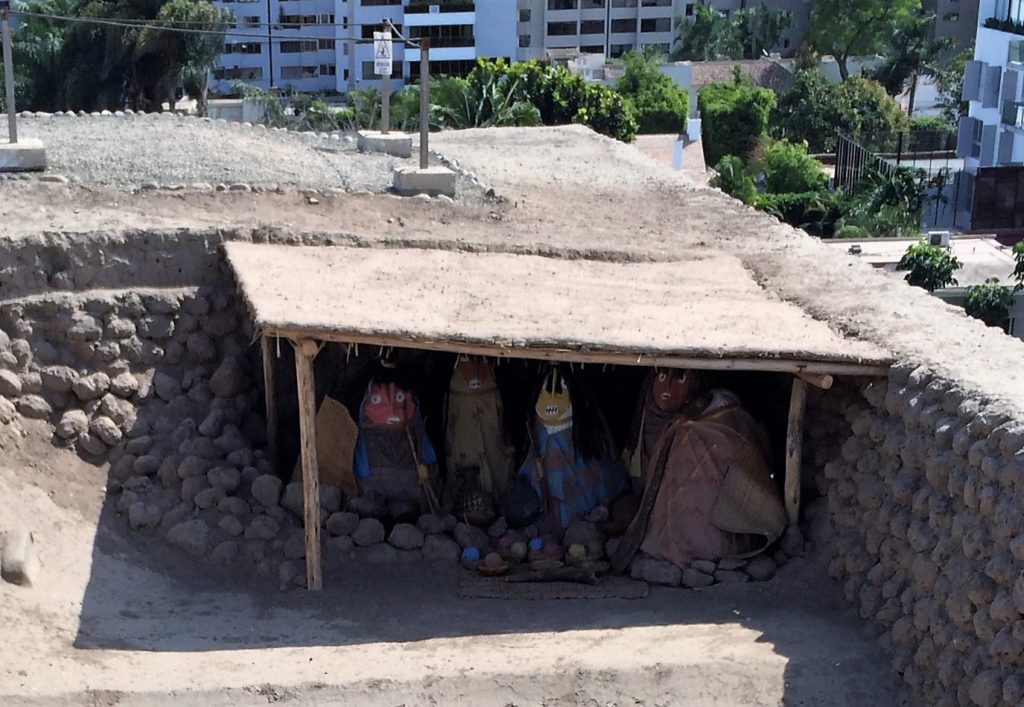
A “Falso Cabeza” or fake head was placed on top, I’m guessing, to keep straight who’s who.
You’ll see similar information about burial practices that you’ll see at other sites, and examples of mummies. This particular huaca has mummies with painted wooden faces in situ — I’m presuming these are for example only since pollution and climate would do a number on the real thing.
I enjoyed this site because there was no one here and we had an unimpeded view of the surrounding city. A little elevation gives a whole other perspective on the crowded bustle of Lima. Once we left the site, this huaca was quickly absorbed into the background of the city — you’d never know it was there. I equate it to the feat of hiding a pyramid in the middle of Chicago’s Lincoln Park neighborhood.
Museo Nacional de Arqueología Antropología e Historia del Perú
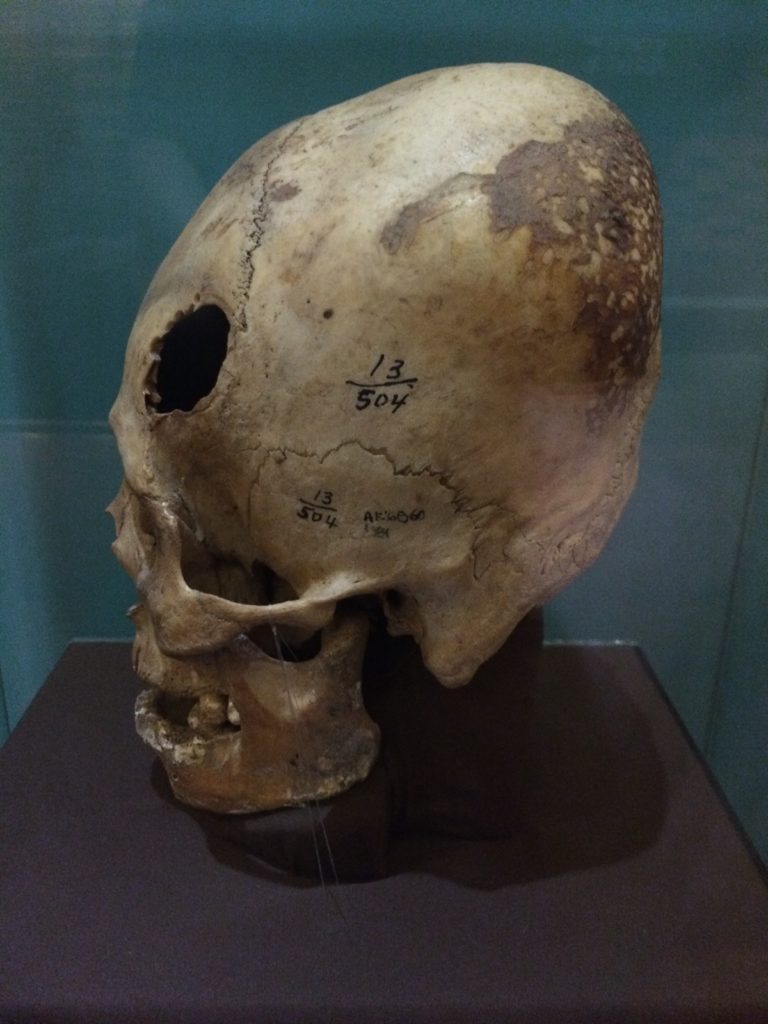
trepanation and survived the experience.
Since it was so close to where we’re staying, we decided to visit the Museo Nacional de Arqueología Antropología e Historia del Perú (MNAAHP)(s/10 pp) and then tromp around the neighborhood. We make an effort to group our adventures so we’re not heads down in Google maps instead of gawking at our surroundings. So the original plan was the museum, an artisan market at little further away, and then pick up items at the Magdalena del Mar mercado. Mix-ups happen and we ended up walking from the Larco Museum to our planned starting point.
I only mention it because it was more tromping than we’d planned and we were dog tired by the time we got back.
Anyway, the MNAAHP turned out to be a great little museum filled with some interesting artifacts, better examples of (non-erotic) pottery than even the Larco Museum, and a group of school kids that would ask us “Hello, how are you?” every time they saw us. The correct response being, “Bueno! ¿Que tal?”
The museum takes you through the different historical epochs of Peru, including Amazonian, and has skulls of various elongation and shaping methods that were practiced by ancient peoples. No one know why they decided to wrap boards and string around babies’ heads or later drill holes into them, but these things were done. Surprisingly, many of the patients of cranial surgery survived as there’s evidence of healed bone.

The second part of the museum covers the various colonization, rebellions, and political upheavals that the Peruvian people have experienced. Unfortunately there weren’t many explanations provided in English. Since “conquering heroes” are the same everywhere, it was pretty easy to see through the paintings how it all went down and who came out on top.
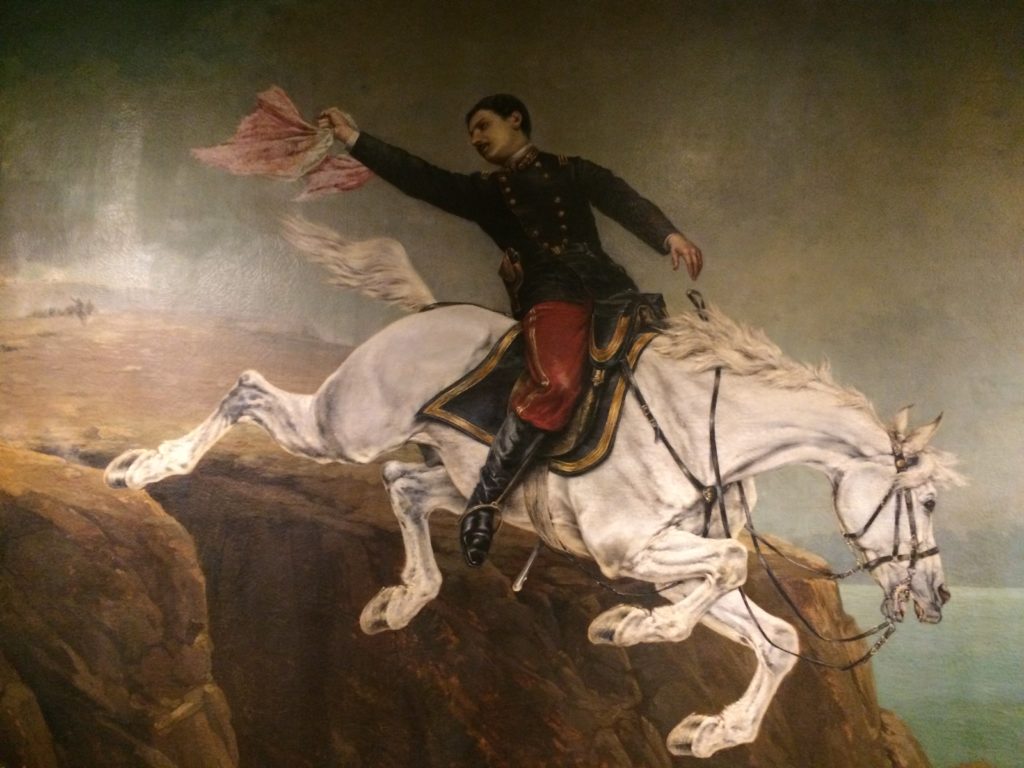
Until I came here, I didn’t remember how large Simón Bolívar looms in Peruvian history. He’s not just a national hero in the country he’s named after, Bolivia, but a key contributor to independence efforts in countries throughout South America.
The museum ends with an abrupt shift into modern conservation, human rights, and feminist iconography. I wish there were far more representation of these viewpoints and how these movements fare in modern day Peru. I took several pictures of the posters in this gallery because I want to track some of these artists down while we’re here.
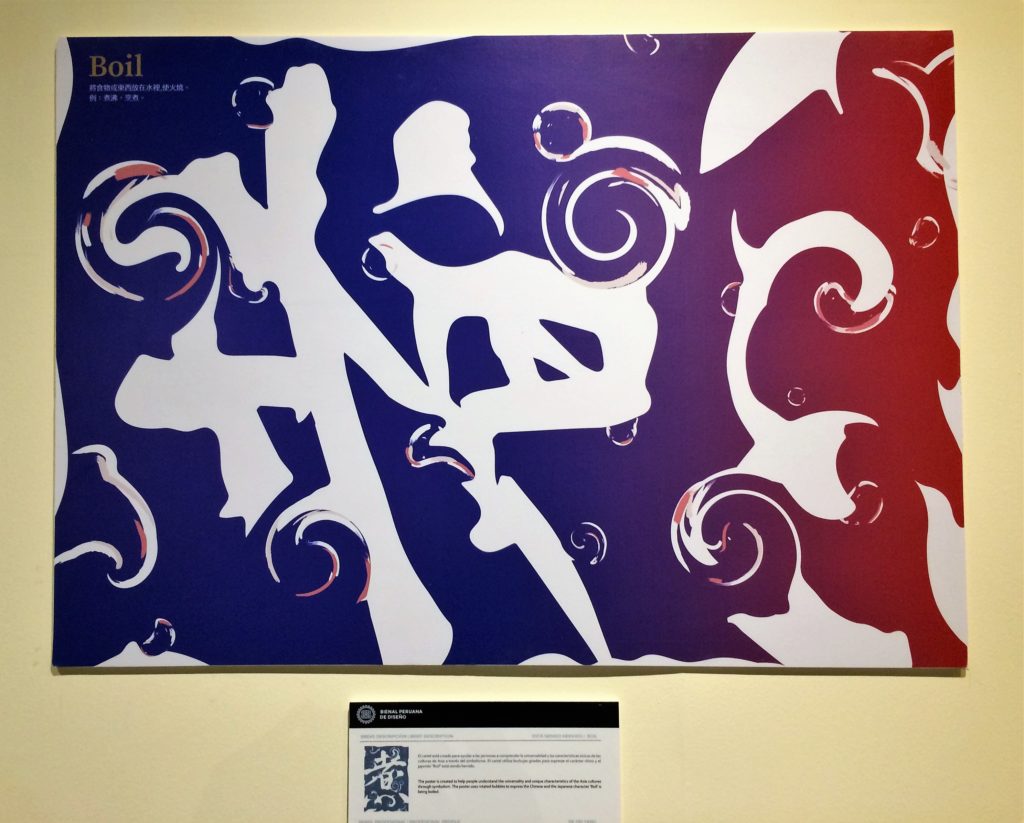
This last gallery made me itch for a more current Peru. The face of Peru, the one presented to tourists at least, is of a llama-swarmed country filled with ancient remains. And it is. But I also think that tourists and the local tourism industry needs to let the country grow past its biggest draw and become a fusion of its past and future. I don’t think Peruvian tourism would suffer if there were more of this and less on Spanish conquistadors and Inca mummies.
There’s more than one note to hear.
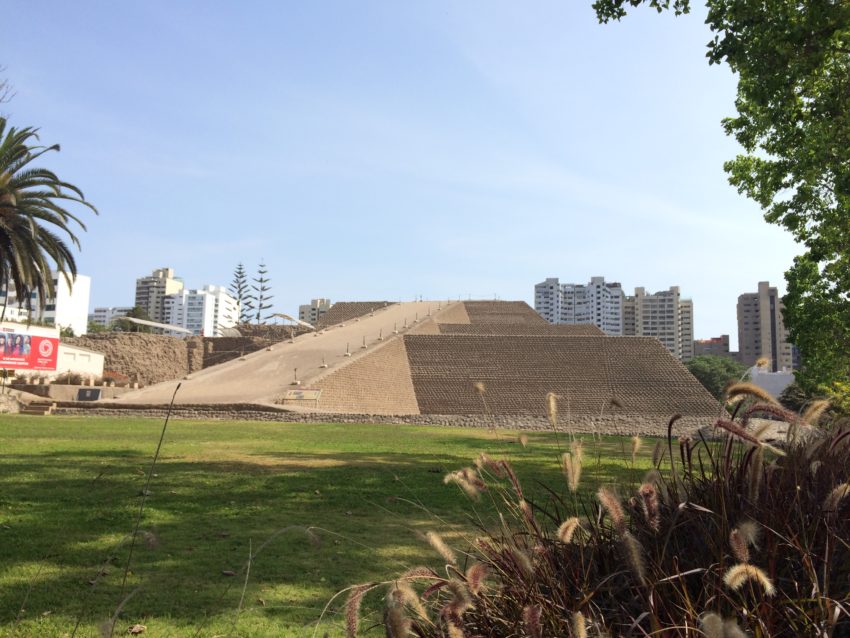
I have been wondering just how much attention is paid to colonialism and its concerted effort to stamp out indigenous language, culture, and social practices.
“More of this and less” of that would appeal to me too.
I think the coverage of colonialism is done, partly because it is their history, but also because it’s expected. And I hate museums playing into expectations versus resetting them. I think there’s a missed opportunity (that the last room in this huge museum!) showed a peek of.